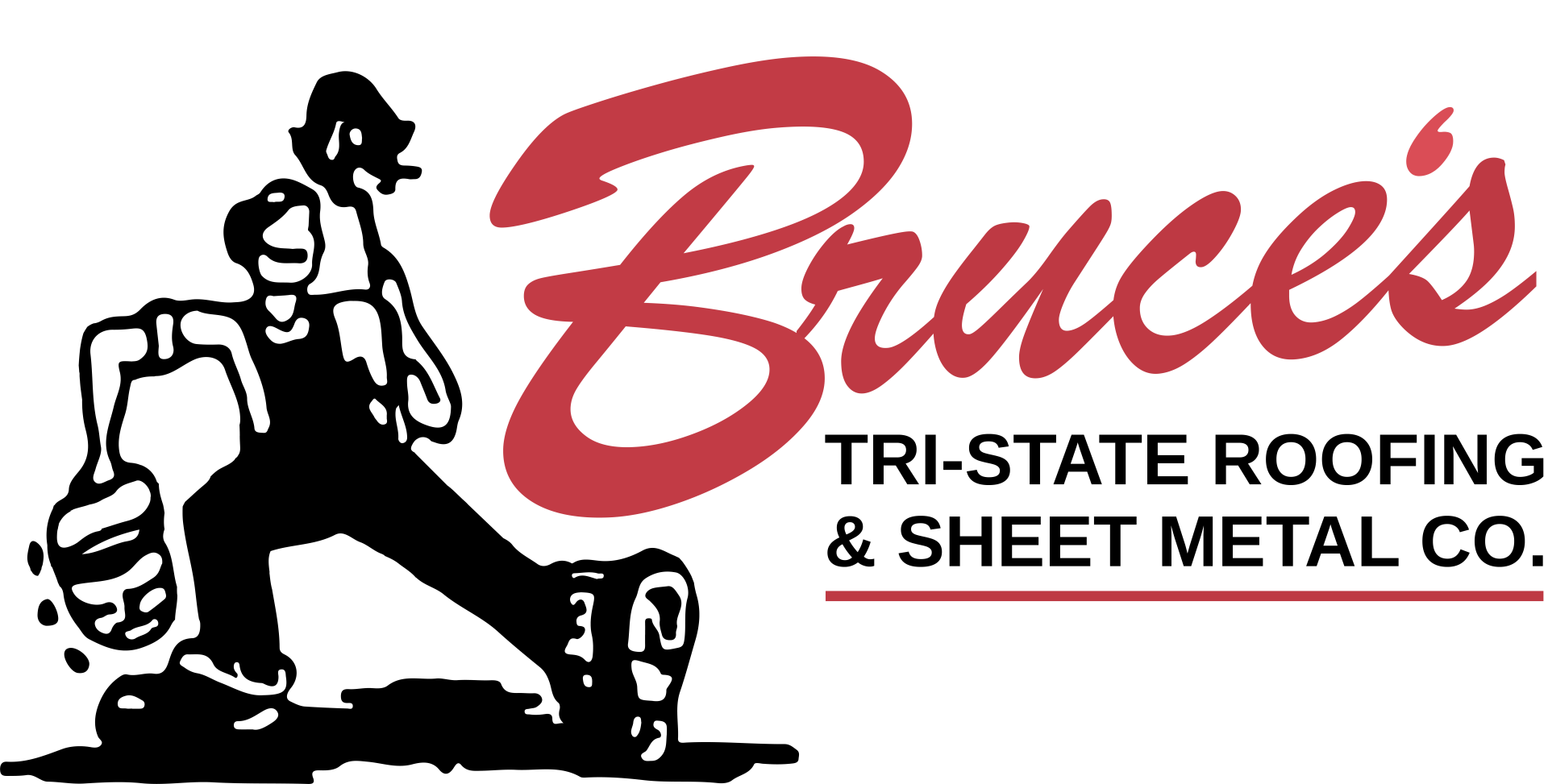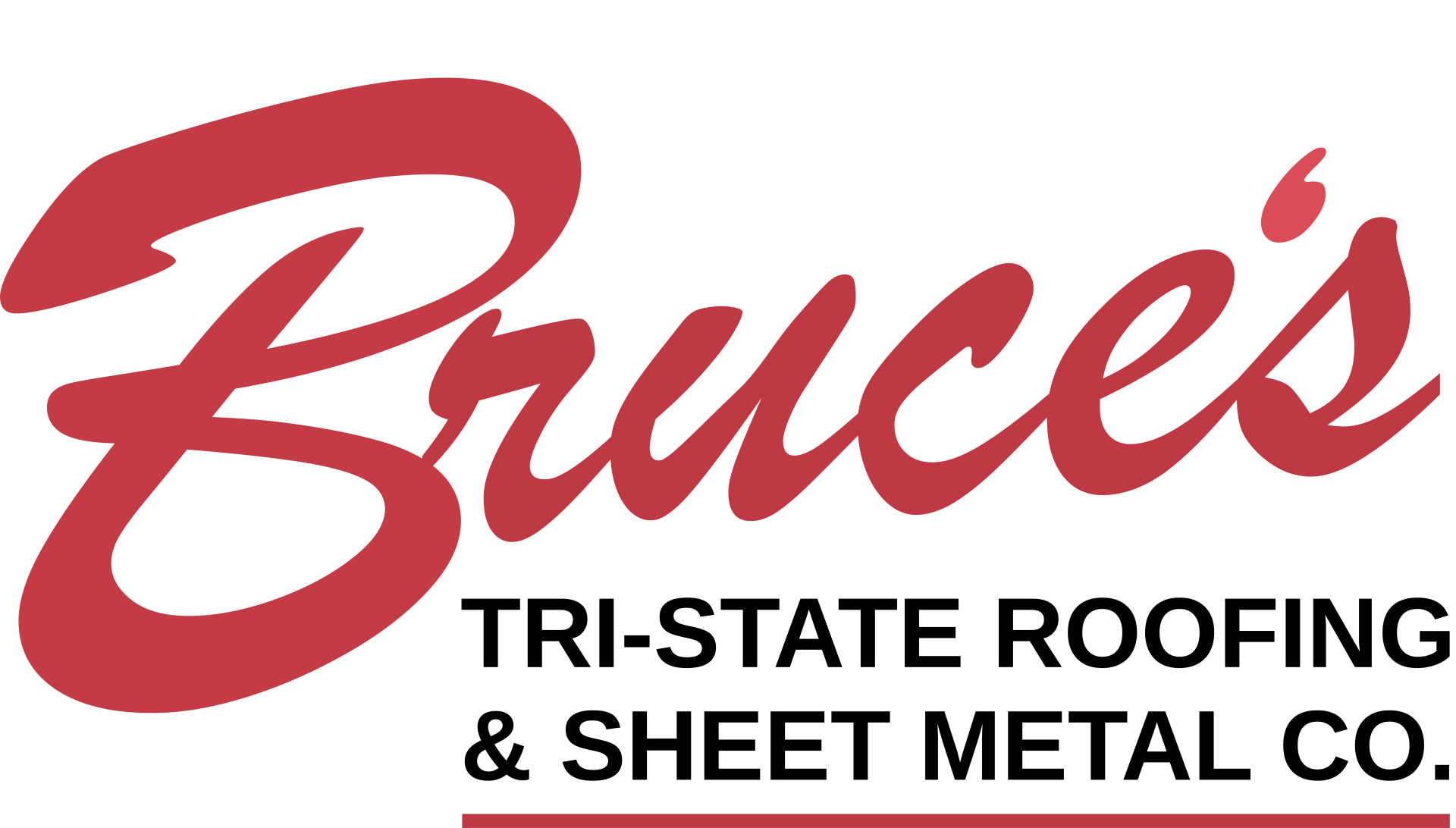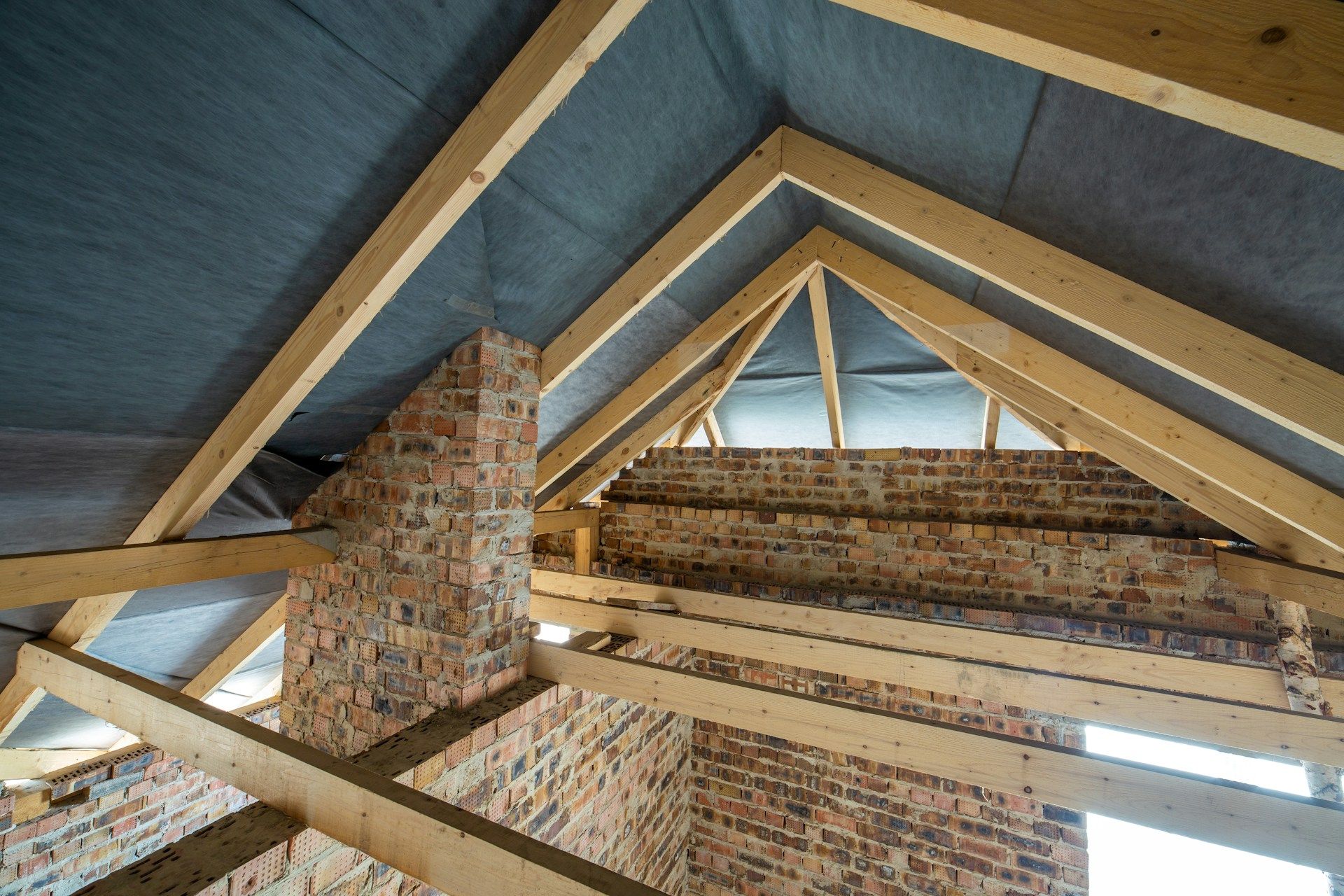Flat roofs are a popular choice for many commercial and residential buildings across Owensboro, mostly because of their sleek appearance and ease of access. But they’re not without their problems. Without the natural slope seen in traditional roofing systems, flat roofs tend to collect water and debris, which can lead to some frustrating issues if left unchecked.
When August rolls around in Kentucky, hot temps and scattered storms can do a number on flat roofing. If you've got one, making time to spot and address possible trouble is a smart move. Treating smaller problems now can save you from dealing with bigger, messier damage later on. Here’s a closer look at common flat roof problems and what you can do before things get worse.
Understanding Common Flat Roof Problems
Flat roofs don’t function the same way as pitched roofs. Their design doesn’t allow for quick water runoff, making them more likely to develop standing water or leaks over time. Even though they appear flat, most are built with a slight pitch, but that pitch isn’t always enough if the drainage system isn’t working right or debris clogs it up.
Here are some of the most common problems flat roofs face:
- Pooling water due to poor drainage or blocked downspouts
- Cracks or blisters in the roofing membrane
- Seams pulling apart or weakening over time
- Leaks caused by unnoticed damage or age
- Damage at points where rooftop equipment is installed
All of these problems can grow worse with time. Heat and moisture, especially in mid-to-late summer, speed up wear and tear. By late August, Owensboro typically sees its fair share of humidity and storms, which can push minor roof issues past the breaking point. Regular checks let building owners spot the early signs instead of finding out after interior water stains or mold begin to show.
Ponding Water
Ponding water shows up when rain or melted snow can’t properly drain off a flat roof. When water sits in low spots for longer than 48 hours, it starts putting stress on your roofing materials. That kind of stress wears the roof down faster and increases the chance of leaks.
This usually happens because:
- Roof drains or scuppers are blocked by leaves, dirt, or buildup
- The original slope of the roof was designed poorly
- Roofing materials have settled or sagged over time from past water damage
- Heavy rooftop units like HVAC systems have flattened areas beneath them
You don’t need to wait for a big storm to check for ponding. After any decent rain, grab a look at the roof. If you see puddles sticking around, it’s time to act. Any spot where water pools is a weak point. Over time, that water can slowly work its way in between seams or under the roof membrane. Once that happens, getting it fixed becomes a lot more expensive than fixing a drainage issue.
One good example is an office building that started seeing more and more water spots on its ceiling tiles after summer storms. The crew found an area near a clogged drain where water collected after every rainfall. A few layers of material had already weakened. Fixing it meant tearing out a portion of the membrane and replacing deteriorated insulation, something that would’ve cost a lot less if they’d cleared the drain months earlier.
Roof Membrane Damage
The membrane is the barrier that keeps water out, and when it’s damaged, moisture can make its way in with very little warning. Blisters, bubbles, cracks, and splits are signs that the membrane layer isn’t doing its job like it used to. These happen when air or moisture gets trapped between roofing layers and expands as temperatures change.
Membrane issues tend to pop up due to:
- Bad installation techniques
- Old age and wear
- UV damage from the sun
- Ponded water sitting on the same area for too long
To catch damage early, walk the roof carefully and look for anything that feels soft, mushy, or raised. If you hear a crunching sound underfoot, that’s another red flag. Areas near seams and flashing are usually the first to show signs of problems. Once the membrane forms a blister or crack, water can slide right through during heavy rain, leading to more internal problems.
Ignoring small rips or lifted seams can lead to full sections of roof becoming compromised. Early signs are sometimes subtle. Maybe a corner of a room smells musty, or ceiling tiles begin to sag slightly. Fixing torn membrane is a lot easier and more affordable if it’s caught early, which makes regular roof checks during the summer particularly helpful for flat roofs in Owensboro.
Leaks And Moisture Intrusion
Flat roofs are more prone to leaks than sloped roofs, mostly because water tends to stick around longer on them. Even the smallest opening can slowly let in moisture, and over time, that moisture can soak into insulation, rot wood, and leave stains inside the building. During the latter part of summer in Owensboro, heavy rainfall and humidity can cause these problems to show up quicker than expected.
One of the trickiest parts of moisture intrusion is how sneaky it is. Leaks don’t always drip directly down in a visible spot. The water can travel across a ceiling or wall before showing itself. That’s why damp spots or a musty smell indoors should never be ignored. Common leak sources include:
- Damaged flashing around vents or pipes
- Loose seams in the roofing system
- Aging patches or joints where past repairs were made
- Clogged drains that cause backup into roof layers
To track a leak, you usually have to start by checking the highest point of the ceiling directly above the stain and work upward from there. Time is a big factor. Waiting too long lets small leaks turn into soaked insulation, mold, or even ceiling collapse. The best way to limit damage is to keep an eye out for early signs and act before trouble spreads.
Poor Installation And Lack Of Maintenance
Even the best materials won’t hold up if the installation wasn’t done right. When a flat roof isn’t installed by experienced professionals, it may seem okay at first, but problems usually start popping up over the next few seasons. Uneven slopes, poor sealing, or underused flashing can all reduce the lifespan of the roof. Gaps left behind or shortcuts taken during install often lead to leaks and sagging later.
Here’s what can go wrong when quality is skipped during installation or maintenance:
- Inadequate drainage slope leads to water sitting in unwanted spots
- Improper sealing around roof penetrations lets moisture seep in
- Use of subpar materials reduces resistance to sun and storm exposure
- Poor adhesion techniques allow membranes to shift or split
Even a well-installed roof can run into problems without regular checks. Flat roofs in Owensboro tolerate a lot of summer stress. UV rays bake the surface all day, while pop-up showers soak it through in the evenings. That mix wears down flashing, breaks down adhesives, and loosens seams, especially when maintenance gets skipped.
Having a consistent checkup schedule through the year, especially after strong storms, is a smart way to spot trouble early and plan affordable fixes. Buildings that go years without inspections face heavier repair bills because decay has more time to creep in.
How to Give Your Roof a Fighting Chance
Owensboro flat roofs face a lot of wear during the warmer months, and by August, there’s a good chance any weak spots have already been tested by heat and storms. From standing water and membrane wear to hidden leaks and sloppy installation jobs, flat roofs ask for regular attention if they’re going to hold up long-term.
Even if everything looks okay from the ground, don’t wait until stains start to show up inside or ceiling tiles begin to warp. Small problems have a habit of growing quicker during high summer temps and humid days. Late-season inspections aren’t just about patching holes, they’re about catching the less obvious warning signs too.
The good news is flat roof issues are usually easy to manage when they’re caught early. A little upkeep now means fewer headaches later, especially with the unpredictable weather swings Owensboro tends to get. Staying one step ahead can keep your building dry, cool, and safe year-round.
When it comes to protecting your home, early repairs and regular maintenance make all the difference. If you're seeing signs of trouble, get ahead of the damage by learning more about how to care for
Owensboro flat roofing with help from the experienced crew at Bruce's Tristate Roofing. They're here to keep your roof in great shape year-round.





